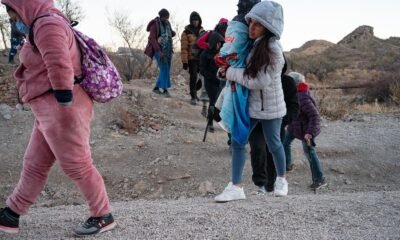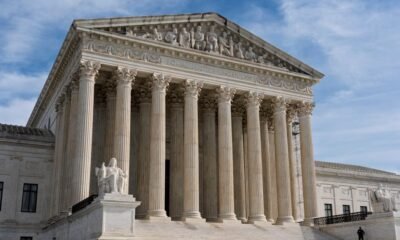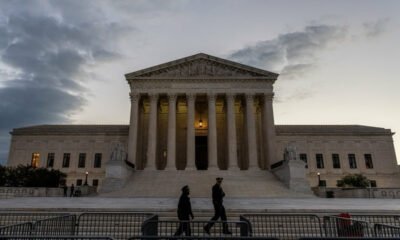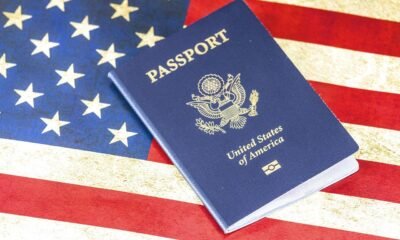Business
Surprising Places Feeling the Sting of Trump’s New Tariffs
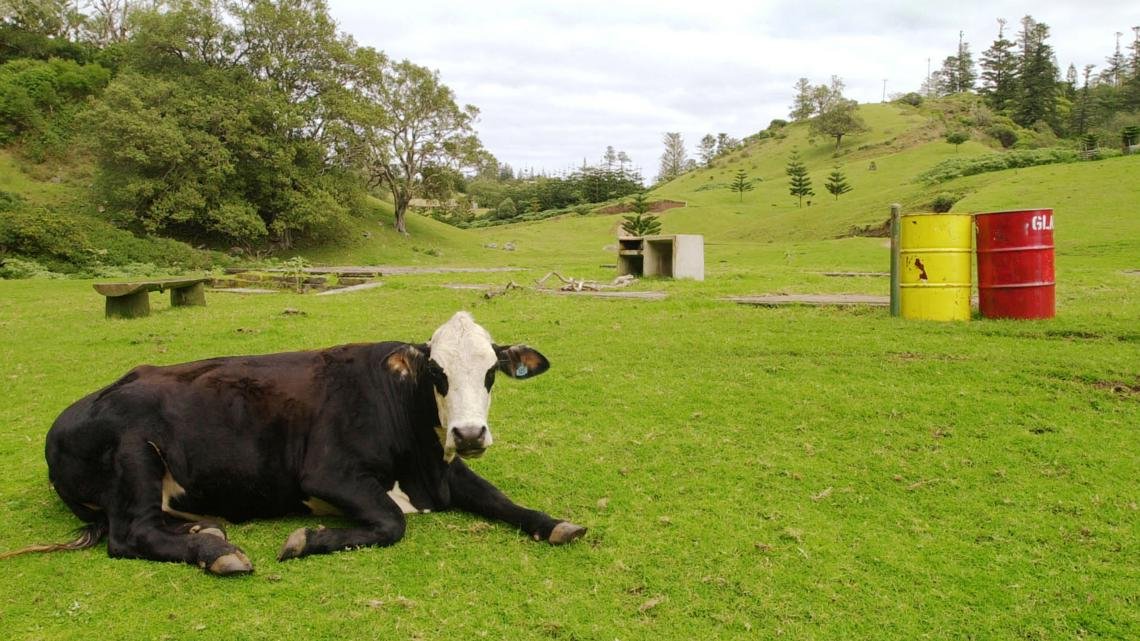
In an unusual turn of events, a small Arctic island known for hosting more polar bears than residents has emerged as a target under the latest U.S. tariff regime. The Trump administration’s sweeping measures have raised eyebrows globally, extending even to remote territories that play minimal roles in international trade.
MELBOURNE, VIC — On Wednesday, President Donald Trump announced a baseline tariff of 10% on imports, with steeper rates for select countries that enjoy significant trade surpluses with the U.S. Notably, nations like Russia, Canada, and Mexico avoided inclusion in this particular round of tariffs, while the Holy See also escaped scrutiny.
Among the more peculiar entries on the tariff list are territories with scant economic activity and limited exports. Jan Mayen, an Arctic island administered by Norway since 1930, has no permanent residents aside from military personnel and meteorologists who monitor its glaciers and harsh environment. The island is located 600 kilometers (370 miles) northeast of Iceland, mainly supporting Norway’s claim over its sovereignty.
Tokelau, a nation comprised of three tropical coral islands with a population of 1,500, is also subject to the same tariff rate. Largely relying on subsistence agriculture and financial support from New Zealand, Tokelau’s economic influence is negligible on the global stage. Economist Roland Rajah expressed skepticism about small nations effectively negotiating tariff exemptions given their limited clout.
Christmas Island, home to fewer than 2,000 people and located in the Indian Ocean, is perplexed by its inclusion on the list. Shire President Gordon Thomson clarified that there is virtually no trade with the U.S., aside from occasional procurement of mining equipment. The island primarily exports phosphate to regions like Malaysia and Indonesia.
In the Antarctic realm, the Heard and McDonald Islands, a barren Australian territory, face the same 10% tariffs despite being uninhabited. The only access to these islands is via sea, complicating any operational implications for the Australian government, which has yet to comment on the matter.
Norfolk Island, an Australian territory with about 2,000 residents, faces harsher tariff treatment, with the Trump administration imposing a 29% tariff on the island. This follows claims that Norfolk charges the U.S. 58% tariffs, a contention that confounded local officials. Administrator George Plant expressed confusion, stating that the island does not export goods to the U.S. and is not aware of any significant barriers to trade.
Australian Prime Minister Anthony Albanese humorously remarked that it seems absurd for Norfolk Island to be viewed as a trading competitor of the U.S., emphasizing the breadth of the new tariff policy. The only certainty is that no place appears to be exempt from these sweeping trade measures.
Reporting contributed by Charlotte Graham-McLay in Wellington, New Zealand, and Vanessa Gera in Warsaw, Poland.
